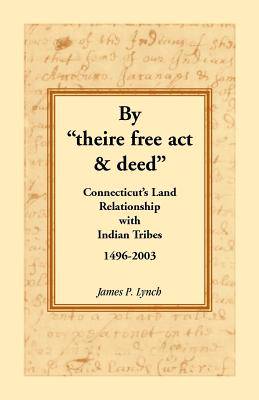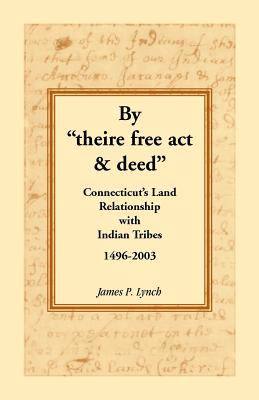
- Afhalen na 1 uur in een winkel met voorraad
- Gratis thuislevering in België vanaf € 30
- Ruim aanbod met 7 miljoen producten
- Afhalen na 1 uur in een winkel met voorraad
- Gratis thuislevering in België vanaf € 30
- Ruim aanbod met 7 miljoen producten
Zoeken
By "theire free act and deed"
Connecticut's Land Relationship with Indian Tribes, 1496-2003
James P Lynch
Paperback | Engels
€ 19,95
+ 39 punten
Omschrijving
Since the early 1970s, lands within the state of Connecticut have been the focus of land claims brought by state-recognized Indian groups. The compelling factor behind these claims has been the quest for Indian gaming. Land claims were being used as a political and economic tool. Are these land claims historically justified? To answer this question, the author looked back over 507 years of land relationships between Connecticut's Indian inhabitants and the colony/state of Connecticut, beginning with John Cabot's voyage to the New World. Were conveyances of Indian rights to colonists legitimate? Were land grants made by the colony to plantations and towns legal? Who actually owns the Indian reservations within Connecticut? Do the federal Indian Trade and Intercourse Acts have a legitimate historical application within this state? These are just a few of the many topics addressed in this legal study. The conclusions reached by this research may be surprising.
Specificaties
Betrokkenen
- Auteur(s):
- Uitgeverij:
Inhoud
- Aantal bladzijden:
- 124
- Taal:
- Engels
Eigenschappen
- Productcode (EAN):
- 9780788438455
- Verschijningsdatum:
- 1/04/2013
- Uitvoering:
- Paperback
- Formaat:
- Trade paperback (VS)
- Afmetingen:
- 140 mm x 216 mm
- Gewicht:
- 149 g

Alleen bij Standaard Boekhandel
+ 39 punten op je klantenkaart van Standaard Boekhandel
Beoordelingen
We publiceren alleen reviews die voldoen aan de voorwaarden voor reviews. Bekijk onze voorwaarden voor reviews.








